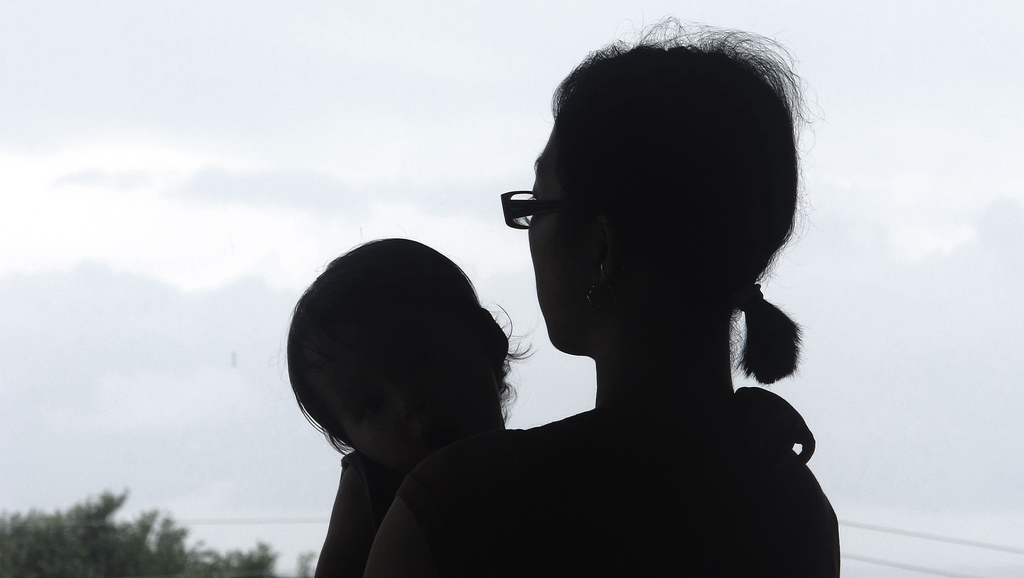Media outlets are reporting on the uptick in the number of individuals crossing the southern border into the U.S. This trend is not surprising given the ongoing violence in Central America. The conditions in the region are not significantly improving by any measure, and as a result people continue to flee while the Administration’s refugee “deterrence policy” fails to deter many.
The Department of Homeland Security reports higher numbers of arrivals this year compared to last year—yet not quite as high as 2014. Many of the individuals crossing are mothers and children who upon arrival are immediately confronted with inhumane, often hostile conditions.
A National Public Radio story reported that, upon arrival, Border Patrol agents pack “bewildered young immigrants elbow-to-elbow into frigid cells.” Unfortunately, the NPR story went on to make multiple mistakes, first suggesting that the crowded, cold holding cells were a practice of the past and stating, “today, the government has new family holding facilities, and unaccompanied kids are sent to cheery church camps.”
The truth is that the initial processing of family units and adult border crossers still takes place in Customs and Border Protection’s short-term detention facilities, known as “hieleras,” or ice-boxes. Attorneys working directly with these families confirm this ongoing practice, and litigation against DHS is attempting to unseal the conditions of these facilities and stop the government from detaining individuals in horrific conditions.
Furthermore, the family detention facilities in Texas to which many families are subsequently transferred after being held in the “hieleras” are nothing more than jails owned and operated by private prison corporations. The conditions of these “family holding facilities” have been the subject of ongoing complaints that describe a lack of access to legal counsel, insufficient or nonexistent access to medical care, and inhumane and unsanitary living conditions.
The story also quotes a Border Patrol spokesman who gravely mischaracterizes how the government treats asylum seekers when they arrive in the U.S. “What happens is if you are arrested in the United States and you ask for any sort of asylum, what we do is we will process you, and we will walk you right out our front door, give you a pat on the back and say, ‘Welcome to the United States.’ And they’re good to go.” This gross misstatement makes the asylum program sound like a simple catch and release or “amnesty” program.
This could not be further from the truth.
The asylum process is very difficult for any individual to complete. When individuals express a fear of return to their native country, they begin the asylum process with an initial threshold screening interview, known as a “credible fear interview” with an asylum officer. Only if they receive a positive determination from that initial interview are they then considered for release with a “Notice to Appear” in immigration court to pursue their claims for asylum. They must attend a series of hearings, submit an application for asylum (with accompanying evidence), and prove they are eligible—and they must do this without the assistance of a lawyer, unless they are able to retain one because the government refused to guarantee appointed counsel to everyone in court, even to children.
Therefore, being represented by an attorney is often the exception, not the rule. If for any reason the individual misses a hearing, they can be ordered deported “in absentia.” And the government has said it will go after families with deportation orders, and has, in fact, rounded up hundreds of families in raids and swiftly deported them. And as was recently reported, many Central American families are being removed to worse conditions than those they originally fled.
The U.S. asylum process is a difficult and complex journey for any individual to undertake and so far the U.S. government’s treatment of asylum-seeking families from Central American is not something to be proud of.
Photo by Takashi Toyooka.
FILED UNDER: Central American Refugees, featured, National Public Radio


